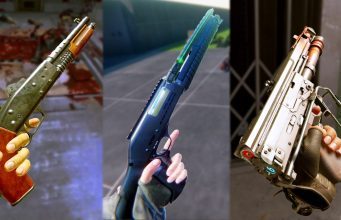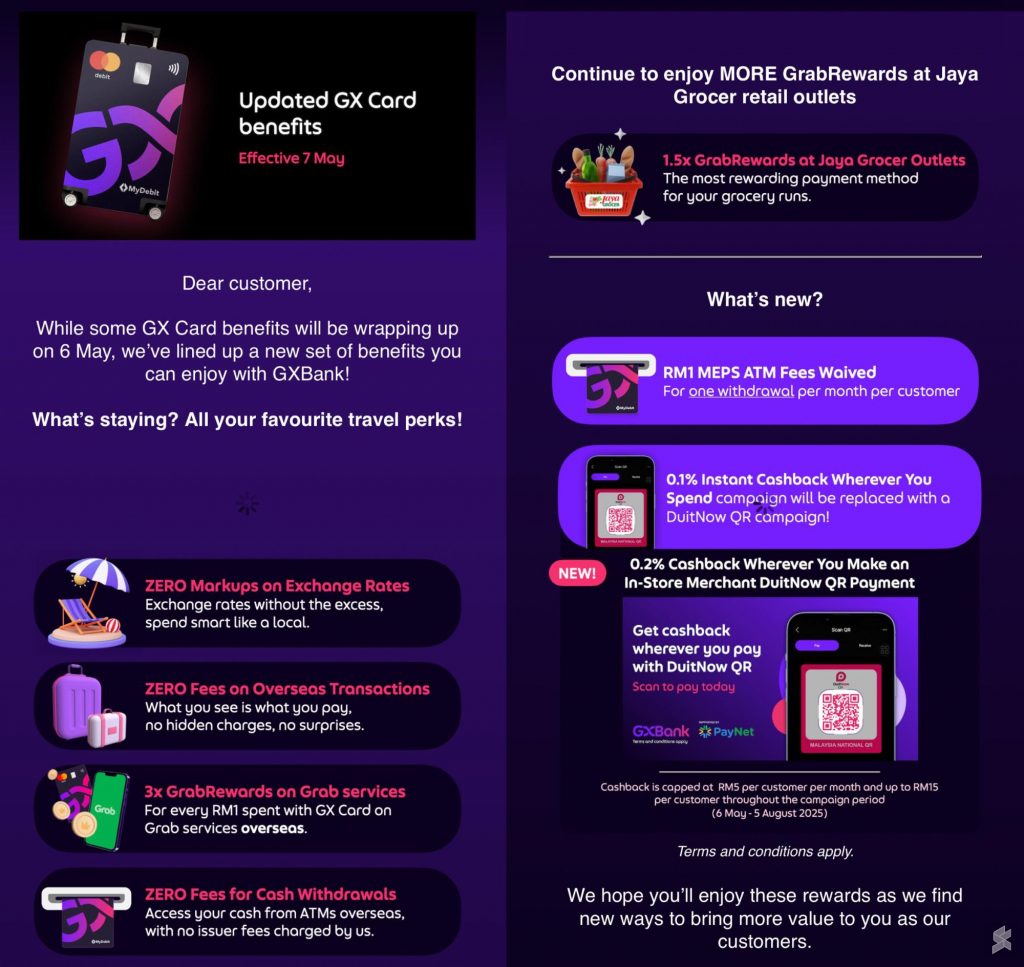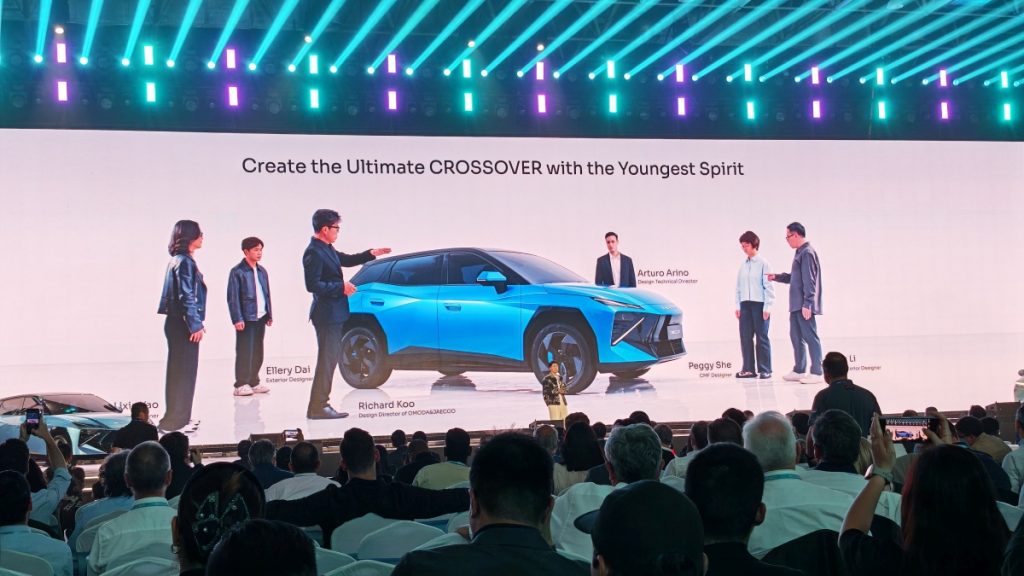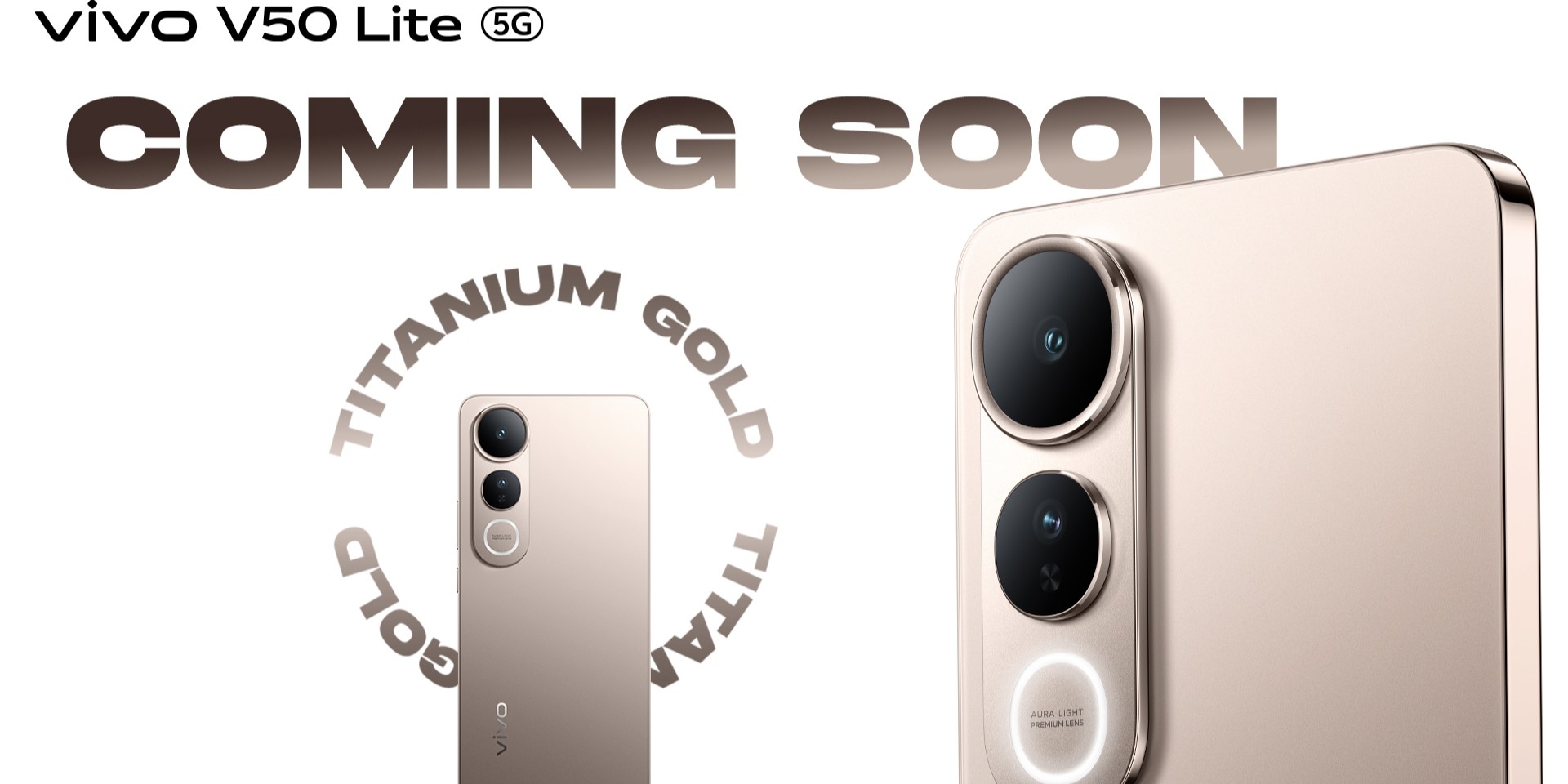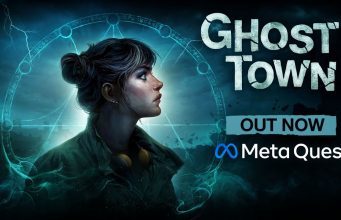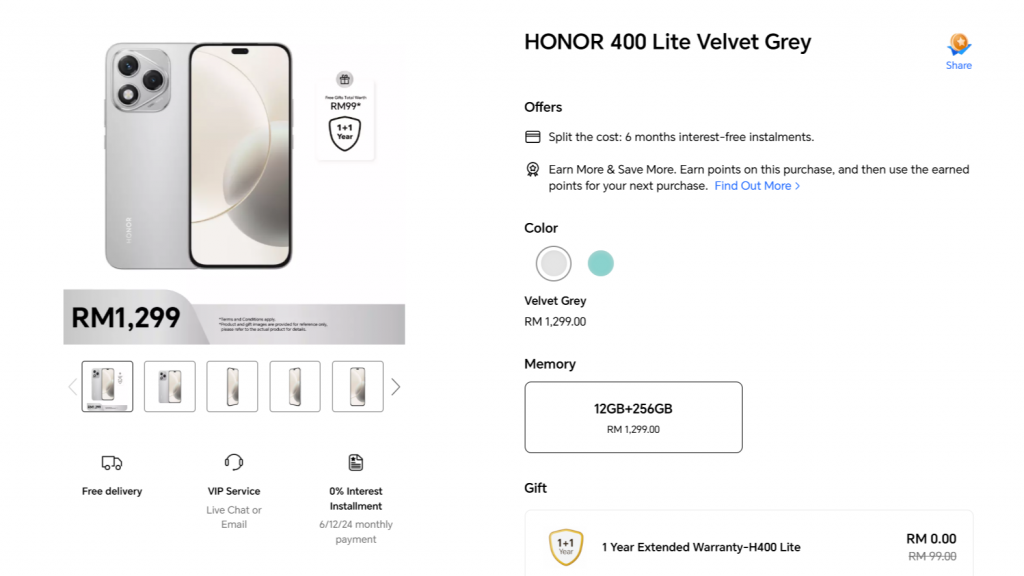Our series Inside XR Design highlights examples of great XR design. Today we’re looking at shotguns in several different VR games to learn what makes them feel great in the player’s hand. In doing so, we’ll uncover the secret to making anything feel great in VR.
You can find the complete video below, or continue reading for an adapted text version.
Ok, we’re jumping right into this… if I asked you ‘what’s your favorite shotgun in VR?’ you can probably picture it in your head pretty quickly. But could you tell me exactly what makes that shotgun feel so great?
Well, that’s kind of a trick question, because the answer is like 50 different little details that all add up to how a shotgun ultimately feels in the player’s hands.
So today we’re going to look at some of my favorite shotguns in VR and dissect all those little details to talk about how they contribute to that feeling. And by the end of this… I’m going to make the case that if we can understand what makes a shotgun feel great in VR, we can figure out how to make anything feel great in VR.
Arizona Sunshine 2 – Sunshine Shorty
Let’s kick things off with one of my favorite shotguns in all of VR. That would be the sawed-off pump-action shotgun in Arizona Sunshine 2—lets call it the Sunshine Shorty.
Just look at this thing go. It’s incredibly satisfying to use. But why?
Well first of all, it’s pump action. You just can’t beat a pump-action shotgun in VR. Two-handed interactions in VR are always interesting, and making the player perform such a visceral and well-recognized gesture is always gonna make them feel like a bad-ass. Pumping a shotgun to load the next round is a clear extension of the ‘Instructed Motion’ concept I introduced in the previous episode, and an example of how such movements can infuse players with emotion.
The way the Sunshine Shorty reloads has a great little detail too. In many VR games you can reload a weapon just by touching the magazine or shell to the right place on a gun, but in Arizona Sunshine, you need to actually slide the shell into the weapon. The developers made this feel great by adding a custom hand-pose to show the player pushing the shell into the gun.
This little detail adds a lot to the feel of the weapon, because it changes reloading from just touching one thing to another into performing a gesture that captures more of the fantasy of sliding rounds into a shotgun. And importantly, it’s still feels good without being tedious. You might say the interaction is generous to the player… you don’t need to get the motion or position perfectly right in order for it to work.
But the motions themselves are only part of what makes using the shotgun satisfying. Providing feedback to the player intention is critical as well, and the easiest way to do this is with great sound and haptics.
And getting the sounds right is everything.
Let’s listen to how much less satisfying it is to use the Sunshine Shorty with weak sounds vs. strong ones:
Unmute for sound
Sounds make such a difference.
For a shotgun, getting the pump-action sound just right is crucial. As someone who’s fired real shotguns, I wouldn’t say the Sunshine Shorty’s pumping sound is particularly realistic, but remember, the goal is to convey the feeling of pumping a shotgun, not simply playing back a perfect replication of a sound. In the case of this shotgun, its got just the right amount of crunch, clack, and metallic sounds to give a very satisfying feeling every time you pump it.
Unmute for sound
And though I can’t show you haptics on video, haptics can be almost as beneficial as audio itself, because it ties specific weapon sound effects to different locations on the weapon. For instance, when you pump the gun you should feel a haptic rumble in the pump hand, but not the trigger hand.
And again, both sounds and haptics are about giving the player feedback when they do something. When a player pumps the gun you’re conveying that they did something right by giving them the feedback of a sound effect and a haptic rumble.
Another piece of feedback is seeing the shotgun shell ejected from the gun after pumping it. This further reiterates the player has interacted with the shotgun in a valid way.
And there’s a great little detail the developers added here. On most real-life shotguns, the shell ejection port is on the side of the weapon so the shell is ejected away from the wielder. But the Sunshine Shorty has an ejection port on the top of the shotgun, just to make the feedback of ejecting the shell even more visible for players. I love it.
There’s one huge thing we haven’t talked about yet about what makes this shotgun feel great in VR. That would be the things the player actually shoots the gun at. You could do literally everything perfectly about the gun itself—the sounds, effects, tuning etc—but if the player pulls the trigger and the enemy just slowly lays down, that’s absolutely not gonna feel good.
Arizona Sunshine 2 might even go a bit over the top with the visual impact and sound effects when shooting zombies, but damn it feels great. The key is that the effect on the target correctly matches the sound and recoil of the weapon. Since the shotgun sounds powerful when it shoots, to deliver the feedback of that expectation, the target you’re shooting at needs to be satisfyingly impacted.
So the Sunshine Shorty feels great for all the reasons we talked about. But we can also learn a lot by noticing where things could be better. If I could just snap my fingers and make it so, these are the improvements I’d wanna to see with this gun:
First: Having an animated transition in hand poses between holding the shell and sliding it into the gun would make reloading look smoother visually.
Second: While the gun operates realistically in terms of pumping and loading, visually if we look into the chamber we can see the next shell from the gun isn’t actually loaded into the barrel. It just sits there until the chamber closes and then essentially appears in the barrel to be ejected after the shot.
And Third: Unless you’re counting while reloading, there’s no clear way to know when the shotgun is completely full of shells. That often means you’ll go to put another shell in the gun but end up throwing it on the ground instead because it can’t fit. This happened to me all the time when playing the game. Giving players an audio cue to indicate when the gun is almost full and then completely full is a subtle way to avoid this—and you’ll see exactly that with the next shotgun we talk about.

